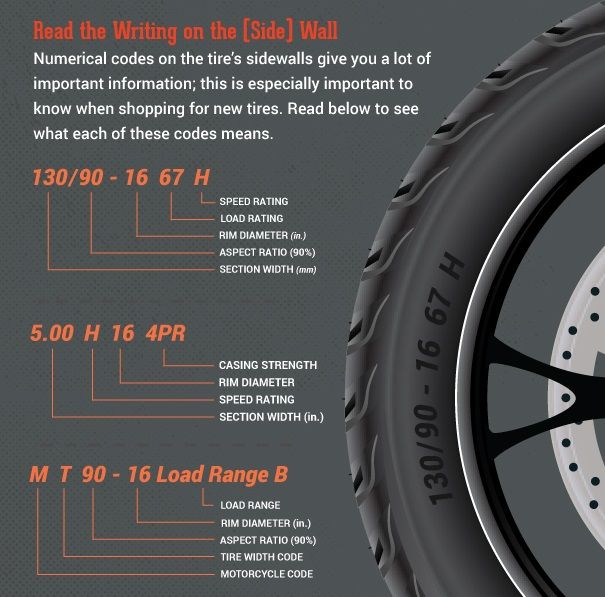Tires
What would you say if you had to describe your tires in a few words? You might say something like, “They’re black, grooved, rubbery, and round.” While you’re certainly right, you’re missing some key information—and it’s printed right on the tire! Find out what your tire numbers mean so you can make the best, most informed decisions about your tire and car care.
For the purpose of this piece, let’s pretend we’re looking at a tire with 215/65 R15 printed on its sidewall. What do the numbers on this tire mean?
“215” in this sequence refers to the tire’s width in millimeters . In other words, this tire is 215 millimeters wide, from sidewall to sidewall.
“65” in the sequence is the aspect ratio of the tire. The aspect ratio is a percentage, and it tells you the ratio of the tire’s height to its width. In this example, the aspect ratio number “65” means that the tire’s height is 65 percent of its width.
The “R” in this sequence refers to the construction of this tire. Specifically, the “R” means that the layers run radially across the tire. The majority of tires on the road today are radial tires, in which the internal layers are perpendicular to the axis of rotation (and the direction of travel).
The other letter you might see here is a “D,” which denotes a tire that has a diagonal or bias ply construction. These tires have plies that are laid out in a diagonal, or crosshatch, pattern.
The very last number in the sequence, “15,” is the diameter of the tire. This is an important number—this is the number you’ll refer to when you need to know your tire size! The “15” indicates that this particular tire would fit a rim with a 15-inch diameter.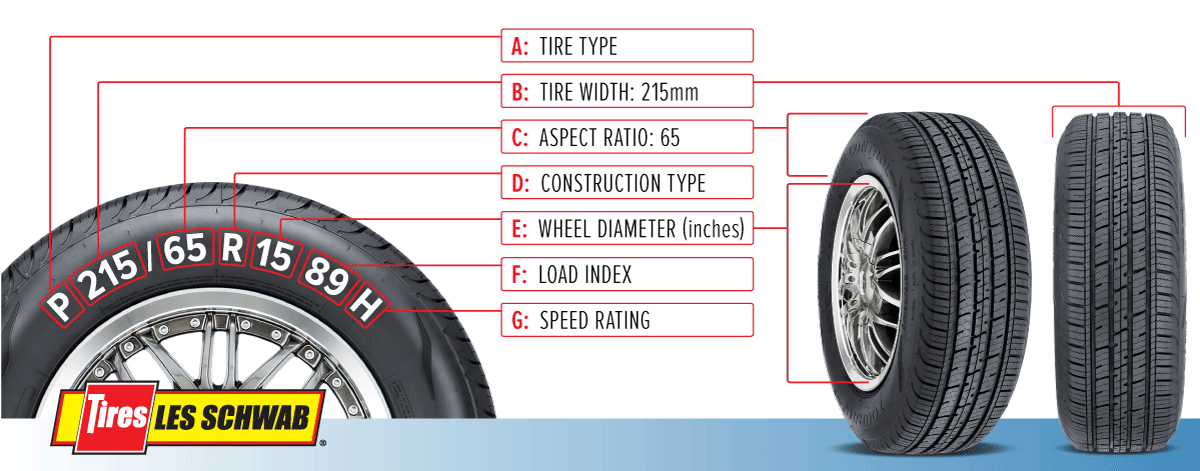
Now that you know how to read numbers on tires, you'll be able to describe your tires with much more knowledge and accuracy than, “black, grooved, rubbery, and round.” Check out our latest tire deals and head to your nearest Firestone Complete Auto Care to chat it up with people who speak tire, too! Our technicians are here for everything you need, from tire repair to tread depth checks.
Schedule
Tires
Aug 22, 2016
Tread wear, your tires exposure to the elements, and tire age may all be contributing factors to your needing new tires. Read on to learn how to tell.
Read More
Tires
Aug 22, 2016
Firestone tires create a whole new driving experience.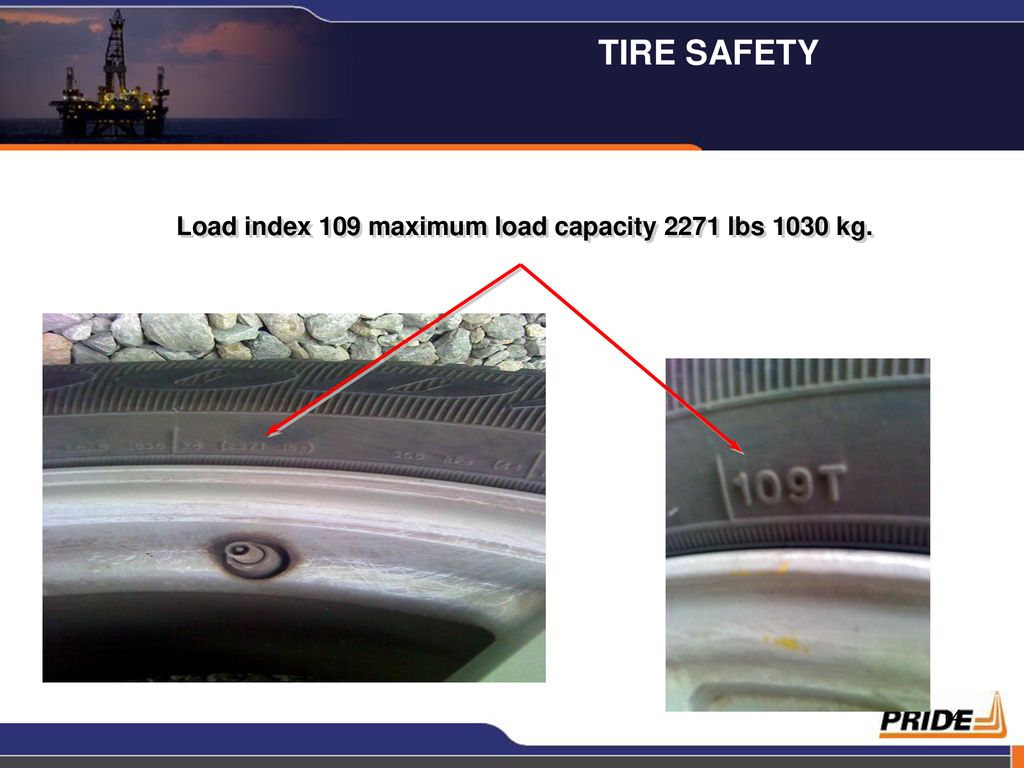 Learn about the technology of our tires that improves driving on straightaways and handling ability.
Learn about the technology of our tires that improves driving on straightaways and handling ability.
Read More
Tires
Aug 22, 2016
Tires are an investment & you want them to last. Here are some tire care tips to help you get the most out of your tires & info on our free inspection
Read More
LOAD 3 MORE
SHOWING 6 OF 12
Tires
Feb 12, 2018
Wondering when to replace tires? You don't need any fancy tools. Learn how to check tire tread depth with the tire penny test, with help from the pros at Firestone Complete Auto Care. It's quick, easy, and one of the best ways to ensure your safety on the road.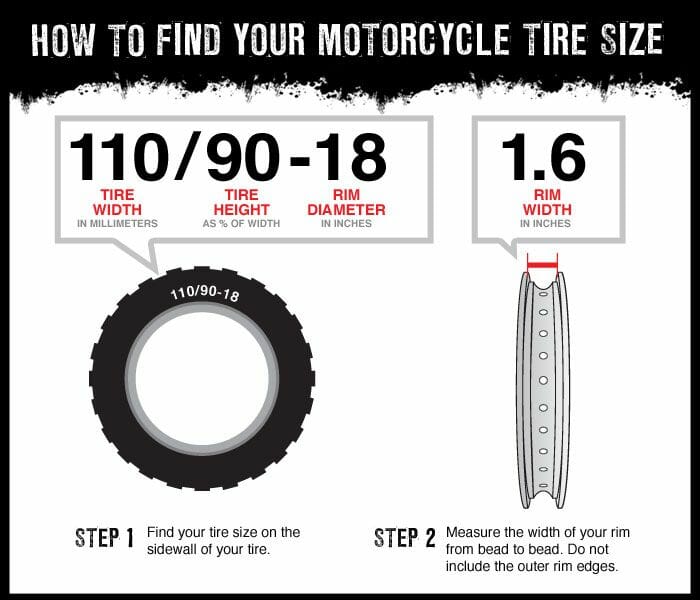
Read More
Tires
Jan 14, 2018
Wondering how to choose tires? Let us simplify the process into a handful of easy-to-follow steps, from Firestone Complete Auto Care.
Read More
Tires
Jan 10, 2018
Do you need to switch all of your tires to winter tires, or will two do just fine? Get the answer, from the tire pros at Firestone Complete Auto Care!
Read More
Tire size can be confusing. Some numbers on the sidewall are listed in millimeters while others are inches. Plus, the right size for your car, truck, or trailer can differ depending on where and how you drive.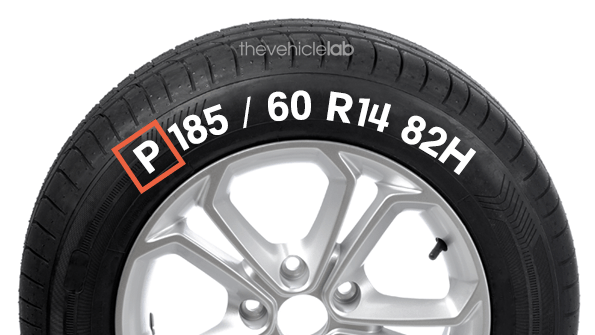
You can see your original equipment tire size in your owner’s manual or on the placard generally located on the driver’s side door jam. This is the sizing recommended by the vehicle manufacturer.
If you’re interested in switching out your tires for a different look or performance, a good place to start is the numbers and other indicators on your existing tires’ sidewall. Next, have a tire professional help you determine a tire size range that will fit your vehicle and driving needs.
Here’s what those numbers and indicators on the sidewall indicate and how to understand them:
A: TIRE TYPE The first letter in the code tells you what class of tire it is.
P stands for passenger vehicle tire. P-class tires include cars, SUVs, crossovers, minivans and smaller pickup trucks.
LT means light truck tire, designed for vehicles that are capable of carrying heavy loads, towing trailers, or for those looking for an extra heavy duty option.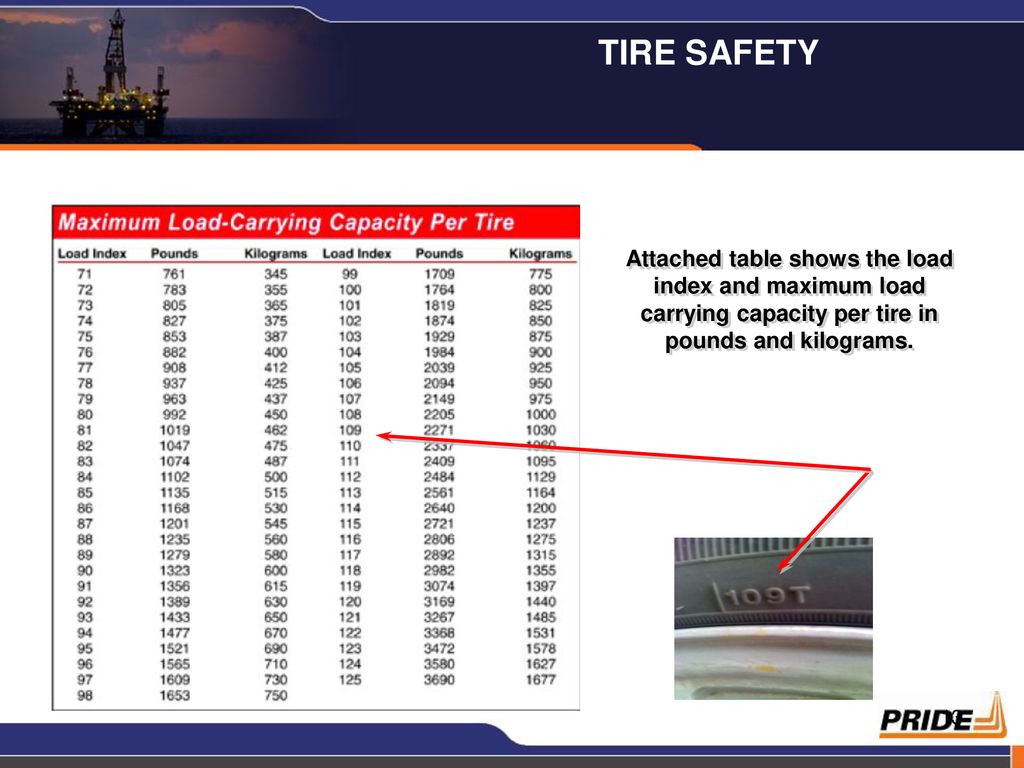 These are often equipped on three-quarter or 1 ton trucks and SUVs.
These are often equipped on three-quarter or 1 ton trucks and SUVs.
ST stands for Special Trailer. These tire sizes are meant for trailers, including fifth wheels and other travel trailers, as well as boat and utility trailers.
If there’s no letter before the first number, you have a metric tire most commonly referred to as European size. It’s also measured in millimeters but may have a different load capacity than a P or LT tire.
B: TIRE WIDTH The three-digit number following the letter is the tire’s width (from side to side, looking at the tire head on) in millimeters. This may also be referred to as the section width.
C: ASPECT RATIO The forward slash separates the tire width number from the two-digit aspect ratio. The bigger the aspect ratio, the higher/taller the tire’s sidewall, or “profile” as it’s sometimes called.
The aspect ratio is indicated on the tire sidewall as a percentage. It’s the height of the sidewall measured from wheel rim to top of the tread, expressed as a percentage of tire width.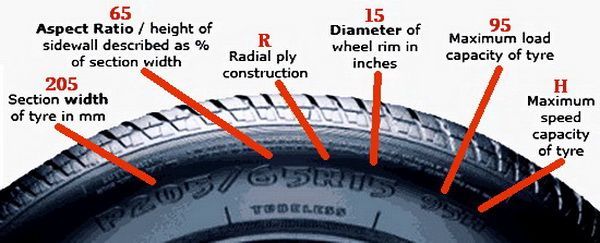
In this example, the aspect ratio is 65, meaning the sidewall is 65 percent as high as the tire is wide. To get the sidewall height, take the tire width of 215 mm and convert it to inches (8.46). Then multiply this by 65% (.65). This gives you an answer of 5.5, the sidewall height in inches.
D: CONSTRUCTION TYPE This single letter tells you about the internal construction of the tire.
R is for radial tires, the industry standard for most tires today. They have better road grip, lower rolling resistance for better gas mileage, ride comfort and durability than previous generations of tires. In a radial tire, the plies — layers of strong cords made of a blend of polyester, steel and fabric and coated with rubber — are laid perpendicular to the direction of travel.
D is for tires built with diagonal (crisscrossed) plies, called bias-constructed tires. They are also called conventional, x-ply, or cross-ply tires. Some motorcycle and trailer tires still use this internal construction.
Some motorcycle and trailer tires still use this internal construction.
Some run-flat tires are identified with an F followed by the type of internal construction.
E: WHEEL DIAMETER This two-digit number specifies wheel diameter in inches. It’s the distance between the two bead seat areas (where a tire gets tightly sealed onto the wheel).
F: LOAD INDEX The two-digit or three-digit number that follows the gap specifies tire load index. The load index symbol indicates how much weight a tire can support, based on the following standard chart. In our example, the load index is 89, which indicates the tire has a load capacity of 1,279 pounds, when inflated to the tire’s maximum air pressure rating.
G: SPEED RATING The last letter is the tire speed rating. This indicates the top speed it’s safe to travel at for a sustained amount of time. A tire with a higher speed rating can handle heat better and provide more control at faster speeds.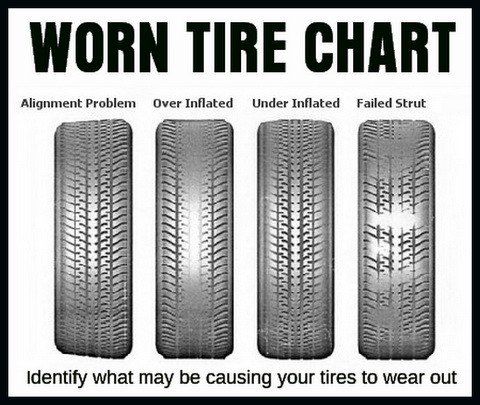 The maximum operating speed of a vehicle is no more than the lowest speed rating of all tires mounted on the vehicle. (Of course, you should always abide by speed limits for safer driving.) Speed rating is usually, but not always, a single letter (see the chart).
The maximum operating speed of a vehicle is no more than the lowest speed rating of all tires mounted on the vehicle. (Of course, you should always abide by speed limits for safer driving.) Speed rating is usually, but not always, a single letter (see the chart).
Below you will find several charts that will help you understand tire sizing numbers, including a load index chart and speed rating chart.
A tire size calculator is a quick way to see whether the tire size you’re considering will likely fit your car, SUV, sports car, light truck or crossover.
But remember that is only an estimate. It’s important to stay within the sizing tolerances of your vehicle. Tires that are the wrong size could cause some pull in the steering wheel, rub against the suspension or body of your vehicle, reduce clearance on hills, or result in a stiffer or noisier ride.
If you’re considering mounting a different tire size on your vehicle, check with a tire expert. Find out whether the tires and wheels you have your eye on are the right fit for your vehicle’s suspension, gearing, and bodywork. And ask how any differences in revolutions per mile, tire speed, load index, and speed rating will affect your ride quality and vehicle performance.
Find out whether the tires and wheels you have your eye on are the right fit for your vehicle’s suspension, gearing, and bodywork. And ask how any differences in revolutions per mile, tire speed, load index, and speed rating will affect your ride quality and vehicle performance.
See how new tires and rims will look on your car or truck using our Virtual Wheels simulator, available at any Les Schwab.
Find Your Store
Contents of the article:
Good afternoon, dear friends. To choose the right tires for a car, needs to know what the numbers on car tires mean. Moreover, there are a lot of them, the manufacturer posted all the information about the rubber in the form of numbers and pictograms. Many car enthusiasts do not always think about their designations when buying new “shoes” for their car. Let's take a closer look at what they are talking about, how to choose the right tire using the symbols on it.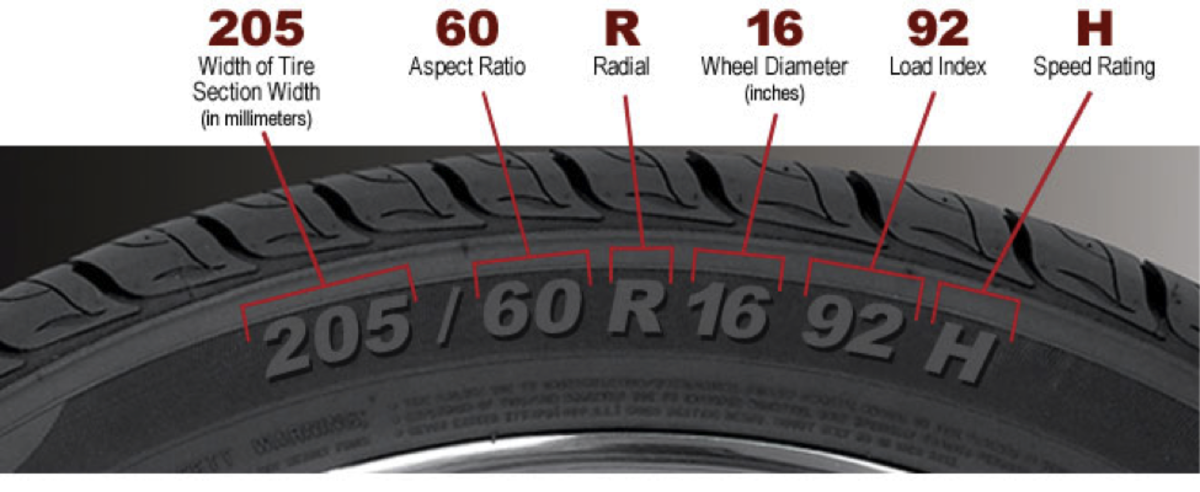
See also: Auto glass marking - deciphering the inscriptions on car windows
Its size is stamped in large numbers on the wheel, for example, 150/75 R8. What does this mean? This marking is useful when selecting a tire for a car with an outer rim diameter of 8 inches. And now in detail:
Many motorists confuse the last digits in the size designation.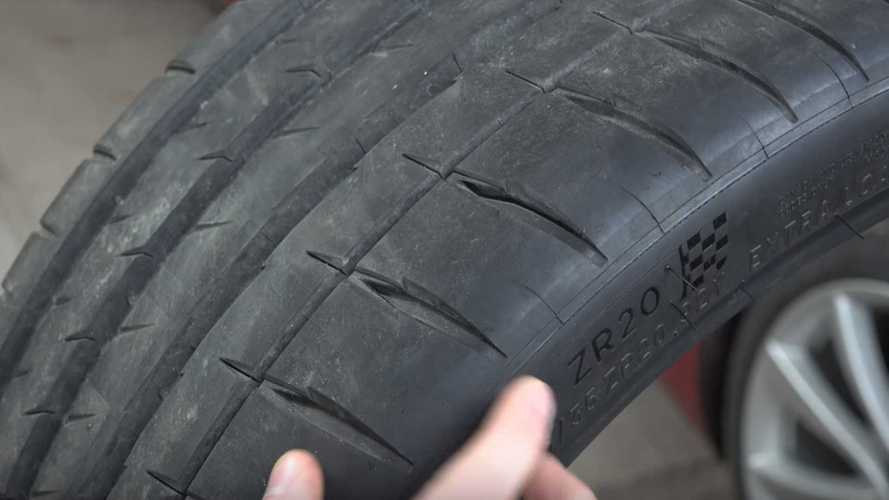 It is mistakenly believed that "R" is a radius, but this is not so. There are radial tires and diagonal tires, depending on the construction of her court. In the first case, the frame wire is directed from one edge of the tire to the other, perpendicular to the direction of the wheel relative to the road. In diagonal, the threads of the frame are directed at an angle of 30 degrees relative to the edges, intertwining with each other.
It is mistakenly believed that "R" is a radius, but this is not so. There are radial tires and diagonal tires, depending on the construction of her court. In the first case, the frame wire is directed from one edge of the tire to the other, perpendicular to the direction of the wheel relative to the road. In diagonal, the threads of the frame are directed at an angle of 30 degrees relative to the edges, intertwining with each other.
Both types have their advantages and disadvantages, which will be discussed in another article. In the modern world, only radial ones are used on cars, so the “R” marking is not a radius, but a designation of the frame structure. Therefore, the number "8" in the tire marking does not indicate the radius, as many believe, but the inner diameter necessary for its mounting on the disk.
The next digits in the decoding of the tire marking after the size are its load and speed index. These values indicate what permissible mass of the car is allowed to be applied to the tire - the load index, and at what maximum speed you can move on this rubber.
For example, we see the numbers "85" . This means that it is allowed to load no more than 515 kg per wheel. The screenshot below shows a summary table of load indices. It is not recommended to exceed these values, since the characteristics will change, it will burst when driving or hitting a pit.
This number is followed by the letter marking of the speed index. For example, "T" - the permitted design speed of a car on this tire should not exceed 190 km / h. The virtual speedometer shows the speed limits for each letter in the index.
This marking contains 4 digits - the week and year of manufacture of the tire. Often they are placed in an oval and located on the side. The font is small, unlike the size markings, but you need to find them. This is especially true for the selection of used tires for the car.
Because rubber "ages" over time, its characteristics do not change for the better.
It must be remembered that the average life of a car ramp is 5 years. After this period, the characteristics will differ greatly for the worse from those declared by the manufacturer.
In the marking of the production date, the first two digits: the first is the week of production, the second is the year . For example, "4216" means that the tire was produced in the 42nd week of 2016.
On the sidewalls you can find extended information about the characteristics and purpose of the tire.
Letters "M+S" or "M&S" means mud and snow. This is how winter or all-season tires are marked. To accurately determine, you need to look at additional pictograms.
Snowflake pictogram - winter tyres, umbrella pattern - wet tyre.
"ALLSEASON" inscription - all season. Or "Aw" - a tire for any weather.
Or "Aw" - a tire for any weather.
Outside or Inside respectively. This information will come in handy when editing to disk. This means that the tread pattern is not symmetrical, it must be directed in a certain direction according to the manufacturer's calculations.
"Rotation" with a drawn arrow - the direction of movement of the wheel. Even if the tire pattern is symmetrical, but there is a movement indicator on the sidewall, then it must be mounted exactly in the direction in which the arrow is indicated. This is a prerequisite, otherwise the tire will not cope with its tasks and its service life will be greatly reduced.
"RunFlat", "RCS" - tires with RunFlat technology. This means that the design is designed for driving with a completely flat tire at a speed of no more than 80 km / h for a distance of up to 150 km. This will come in handy if you get a puncture in your dog to get to the tire shop. If there is no such marking on the side, then it is not designed for such loads.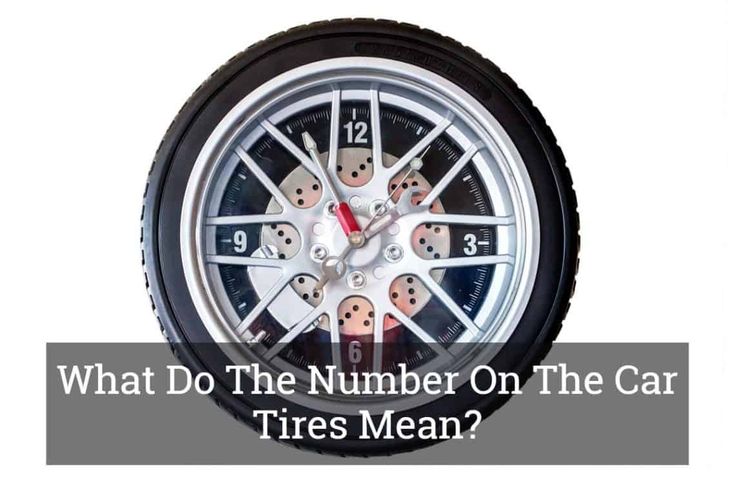 When operating it with minimal tire pressure over long distances, the court may be damaged, it will have to be thrown away. In this case, only dismantling from the wheel and installing a “stowaway” or spare tire.
When operating it with minimal tire pressure over long distances, the court may be damaged, it will have to be thrown away. In this case, only dismantling from the wheel and installing a “stowaway” or spare tire.
"Tubeless" or "Tube Type". In the first case, cameraless, in the second, the use of a camera is mandatory.
"Max Pressure" - maximum tire pressure, "Max Load" - maximum load on the tire, corresponds to the marking in the size mentioned above. In some cases, it may not be specified.
"Temperature A" - temperature resistance class of tire rubber at high speeds. There are three classes: "A, B, C" - for the deterioration of heat resistance, class A - the best performance on the test bench.
Traction. It also has three classes "A, B, C" - braking performance on wet surfaces. As with heat resistance, class A has the best performance in tests in this marking.
"TWI" or "triangle" icon - indicates the location of the wear indicators on the tire tread.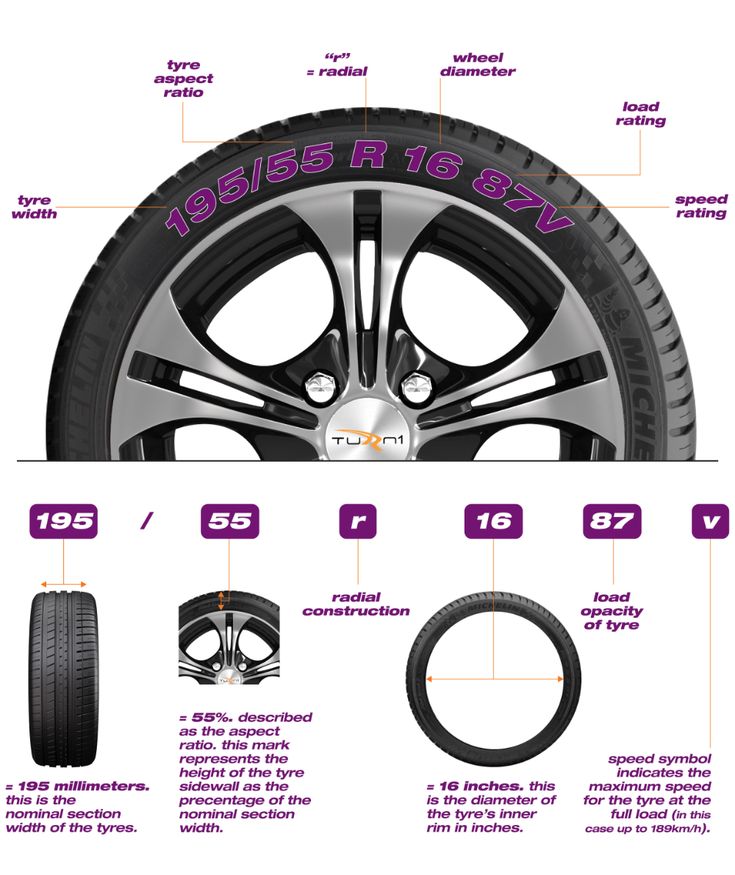 In detail about the indicators and how to independently determine the depth of the tread pattern, we considered in previous articles.
In detail about the indicators and how to independently determine the depth of the tread pattern, we considered in previous articles.
"Reinforced" - reinforced type of tire. The number of threads of the court is more by 6 layers, in comparison with the classic sample. Instead of this inscription, there may be abbreviations "RF" in the designation of the tire size. For example: 175/70 R13RF or 175/70 R13C. The last marking with the letter "C" means that the number of layers of the court has been increased by 8, even stronger.
These are not all the designations that can be found on the tire. We have reviewed the most basic marking data. On the sidewalls, the manufacturer's country can be applied, under which license the tire was produced. Digital marking of the manufacturer.
These markings can only be found on new tyres. As they wear, they are erased, so you won’t be able to find them on used tires.
This marker marks the lightest spot on the tyre. You need to know this when mounting a tire on a wheel disk. Usually this marker is aligned with the nipple on the disc. Thus, the lightest place is combined with the heaviest on the rim. This makes it easier to balance the wheel using lighter weights.
You need to know this when mounting a tire on a wheel disk. Usually this marker is aligned with the nipple on the disc. Thus, the lightest place is combined with the heaviest on the rim. This makes it easier to balance the wheel using lighter weights.
If the tire is worn out, the above rule does not need to be observed. Because during operation, the center of gravity can shift, and the lightest place can move to another place on the tire. And the markers will wear off over time.
This indicates the location with the most heterogeneous tire compound or the heaviest location. This is how the junctions of different types of rubber and layers are indicated. This point is used in the initial configuration of the car, when it leaves the assembly line of the factory. It is combined with a white dot on the disk, which is responsible for the closest place to the center of the wheel. Thus, the maximum heterogeneity of the tire has a minimal effect on the power characteristics of the wheel as a whole when the car is moving.
Ignore the red markers when remounting a tire on non-original rims or when installing a new tire on a rim. All attention should be paid only to the yellow dots, if any are still visible.
On all new tires, several multi-colored lines can be seen in the tread pattern. Let's take a look at what they mean.
In reality, they do not carry any semantic load for the end buyer. These are only designations of the standard size and the preparation of the rubber compound for the workers of the plant, so as not to be confused. In stores, when there are a lot of such tires and they are on the shelves, thanks to this color coding, you can determine that all tires in the same row are of the same size.
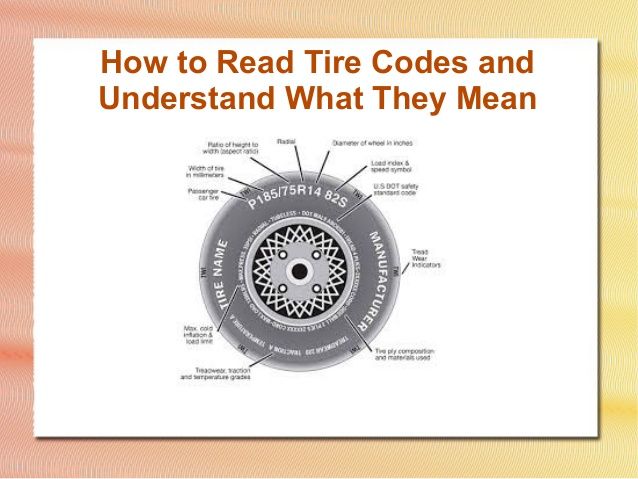
Do you want to choose a tire for your car, but don't know much about tire labels? It's not a problem! In this section, we will help you figure out what tire parameters are, what they mean, and which tire is right for your car.
Select tires / tire catalog
195/65 R15 91 T XL
195 is the tire width in mm.
65 - Proportionality, i.e. profile height to width ratio. In our case, it is equal to 65%. Simply put, with the same width, the larger this indicator, the higher the tire will be and vice versa. Usually this value is simply called “profile”.
Since the tire profile is a relative value, it is important to take into account when choosing rubber that if you want to put tires with a size of 205/65 R15 instead of the size 195/65 R15, then not only the width of the tire will increase, but also the height! Which in most cases is unacceptable! (except when both of these sizes are indicated in the car's operating book).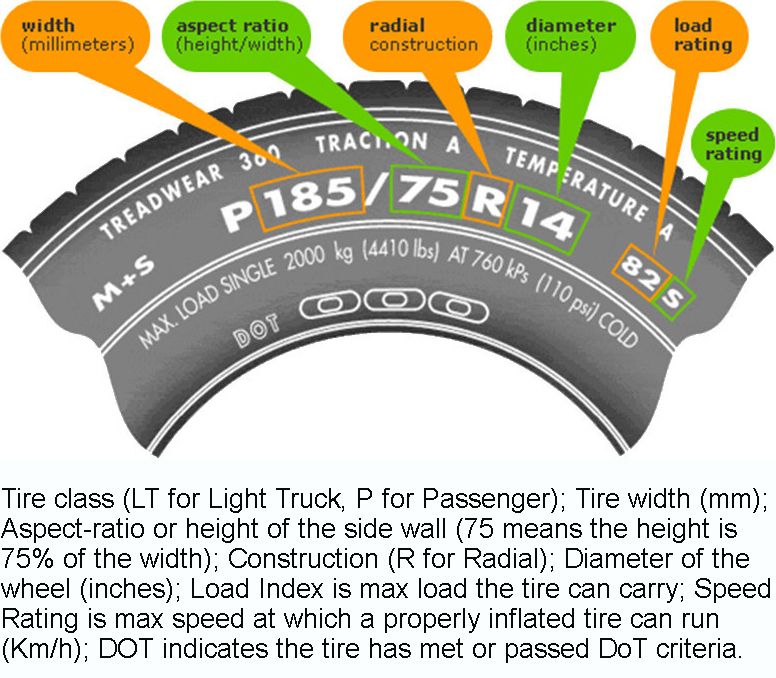 You can calculate the exact data on changing the outer dimensions of the wheel in a special tire calculator.
You can calculate the exact data on changing the outer dimensions of the wheel in a special tire calculator.
If this ratio is not specified (for example, 185/R14C), then it is equal to 80-82% and the tire is called full profile. Reinforced tires with this marking are usually used on minibuses and light trucks, where a large maximum wheel load is very important.
R - means a tire with a radial cord (in fact, almost all tires are made this way now).
Many mistakenly believe that R- means the radius of the tire, but this is the radial design of the tire. There is also a diagonal design (indicated by the letter D), but recently it has practically not been produced, since its performance is noticeably worse.
15 - wheel (rim) diameter in inches. (It is the diameter, not the radius! This is also a common mistake). This is the “landing” diameter of the tire on the disk, i.e. is the inside size of the tire or the outside of the rim.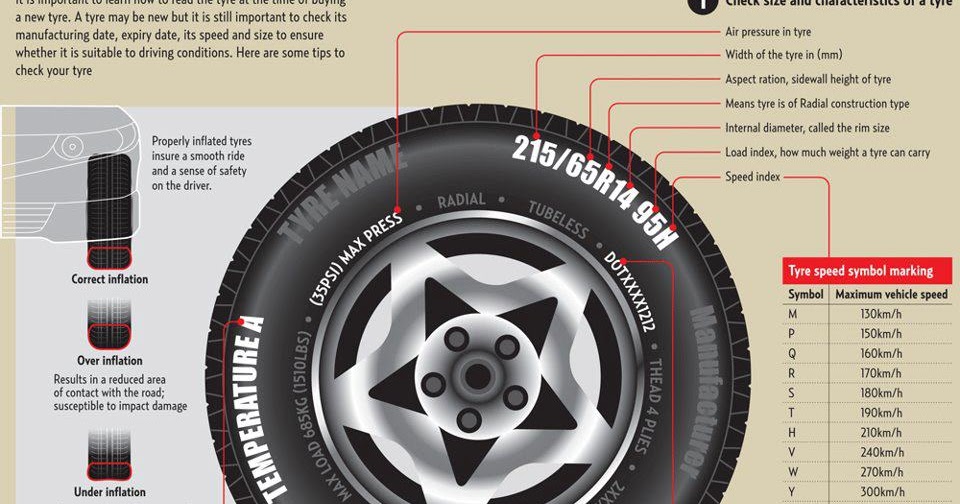
91 - load index. This is the level of maximum permissible load on one wheel. For passenger cars, it is usually done with a margin and is not a decisive factor when choosing tires (in our case, IN - 91 - 670 kg.). For minibuses and small trucks, this parameter is very important and must be observed.
T is the tire speed index. The larger it is, the faster you can ride on this tire (in our case, IS - H - up to 210 km / h). Speaking about the tire speed index, I would like to note that with this parameter, the tire manufacturer guarantees the normal operation of the rubber when the car is constantly moving at the specified speed for several hours.
There are two different American tire markings. The first one is very similar to the European one, only the letters “P” (Passanger - for a passenger car) or “LT” (Light Truck - light truck) are placed before the size. For example: P 195/60 R 14 or LT 235/75 R15. And another tire marking, which is fundamentally different from the European one.
For example: P 195/60 R 14 or LT 235/75 R15. And another tire marking, which is fundamentally different from the European one.
Example: 31x10.5 R15 (corresponds to European size 265/75 R15)
31 is the outside diameter of the tire in inches.
10.5 is tire width in inches.
R - a tire with a radial design (older tire models were with a diagonal design).
15 is the inner diameter of the tire in inches.
Generally speaking, except for inches that are unusual for us, the American tire marking is logical and more understandable, unlike the European one, where the height of the tire profile is not constant and depends on the width of the tire. And here everything is simple with decoding: the first digit of the standard size is the outer diameter, the second is the width, the third is the inner diameter.
XL or Extra Load is a reinforced tire, the load index of which is 3 units higher than that of conventional tires of the same size.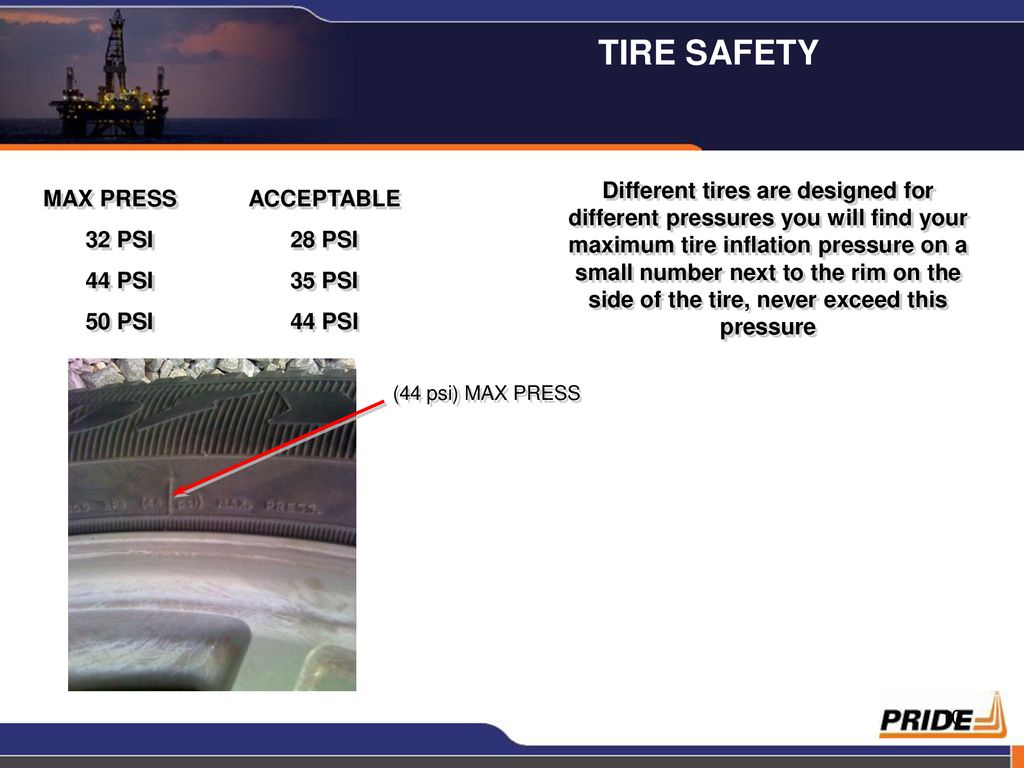 In other words, if a given tire has a load index of 91 marked XL or Extra Load, then this means that with this index, the tire is able to withstand a maximum load of 670 kg instead of 615 kg (see the table of tire load indices).
In other words, if a given tire has a load index of 91 marked XL or Extra Load, then this means that with this index, the tire is able to withstand a maximum load of 670 kg instead of 615 kg (see the table of tire load indices).
M+S or tire marking M&S (Mud + Snow) - mud plus snow and means that the tires are all-season or winter. Many summer tires for SUVs are labeled M&S. However, these tires must not be used in winter, as winter tires have a completely different rubber compound and tread pattern, and the M&S badge indicates good flotation performance.
All Season or AS all season tires. Aw (Any Weather) - Any weather.
Pictogram * (snowflake) — rubber is designed for use in harsh winter conditions. If this marking is not on the sidewall of the tire, then this tire is intended for use only in summer conditions.
Aquatred, Aquacontact, Rain, Water, Aqua or icon (umbrella) Special rain tires.
Outside and Inside ; asymmetric tires, i.e. It is important not to confuse which side is the outside and which is the inside. When installing, the Outside inscription must be on the outside of the car, and Inside on the inside.
RSC (RunFlat System Component) - RunFlat tires are tires that allow you to continue driving at a maximum speed of 80 km/h with a FULL tire pressure drop (puncture or cut). On these tires, depending on the manufacturer's recommendations, you can drive from 50 to 150 km. Different tire manufacturers use different designations for RSC technology. For example: Bridgestone RFT, Continental SSR, Goodyear RunOnFlat, Nokian Run Flat, Michelin ZP etc.
Rotation or arrow This marking on the tire sidewall indicates a directional tire. When installing the tire, you must strictly observe the direction of rotation of the wheel, indicated by the arrow.
Tubeless - tubeless tire. In the absence of this inscription, the tire can only be used with a camera.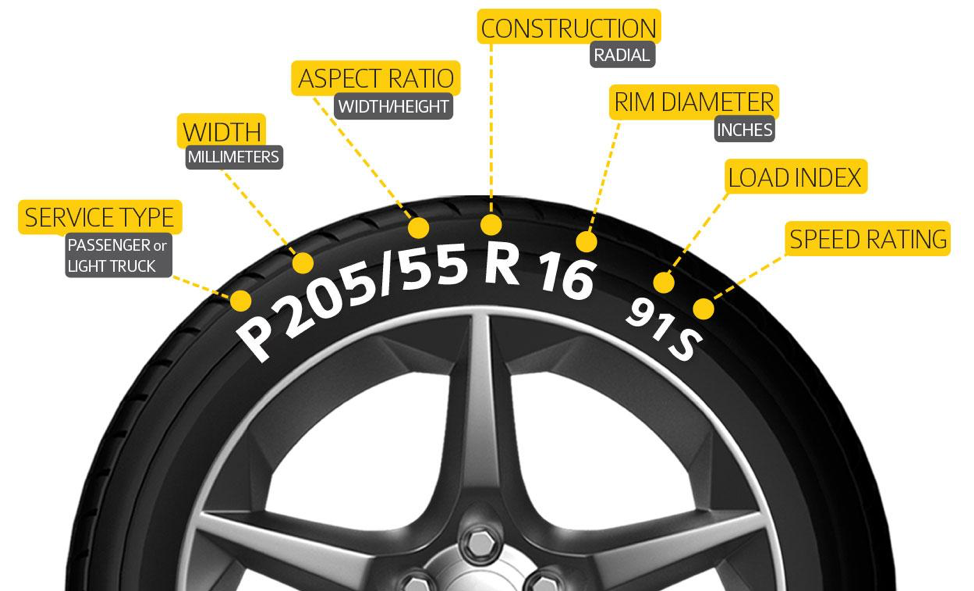 Tube Type - indicates that this tire must be used only with a tube.
Tube Type - indicates that this tire must be used only with a tube.
Max Pressure ; maximum allowable tire pressure. Max Load - the maximum allowable load on each wheel of the car, in kg.
Reinforced or the letters RF in the size (for example 195/70 R15RF) means that this is a reinforced tire (6 layers). The letter C at the end of the size (for example 195/70 R15C) indicates a truck tire (8 layers).
Radial this marking on the rubber in the standard size means that it is a radial construction tire. Steel means that there is a metal cord in the tire structure.
Letter E (in a circle) - the tire meets the European requirements of ECE (Economic Commission for Europe). DOT (Department of Transportation - US Department of Transportation) is an American quality standard.
Temperature A, B, or C The temperature resistance of the tire at high speeds on the test bench (A is best).